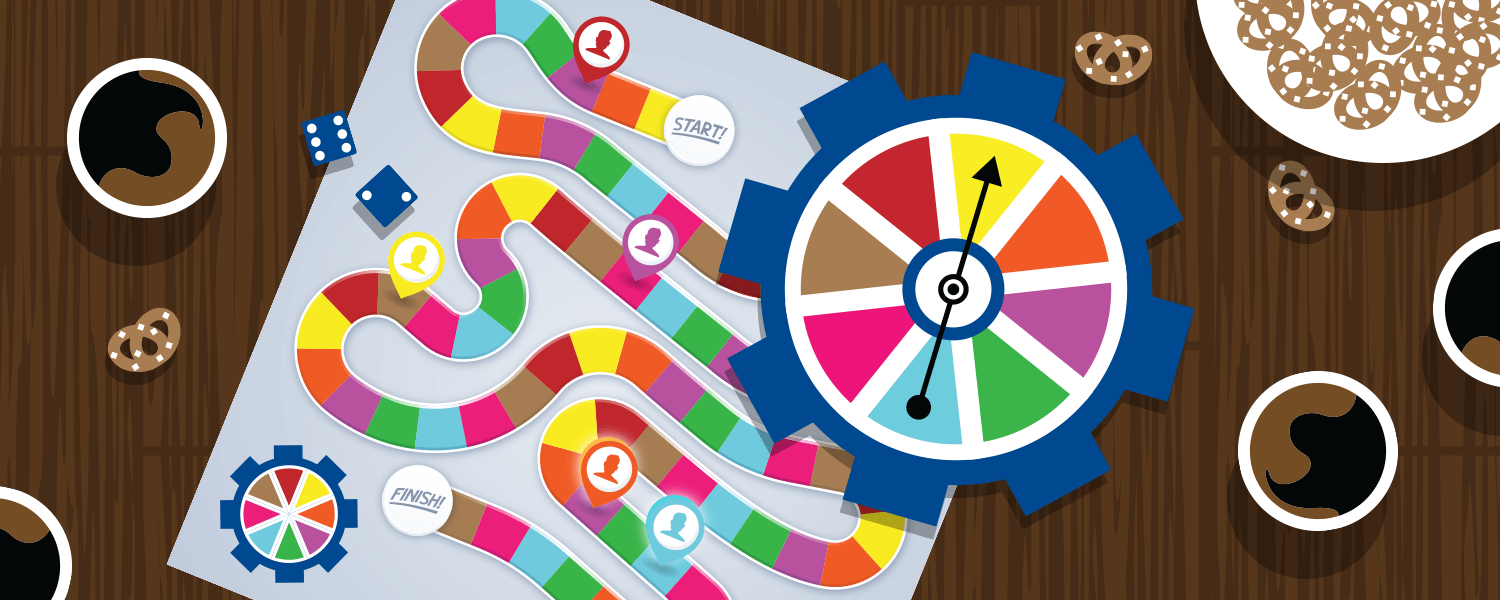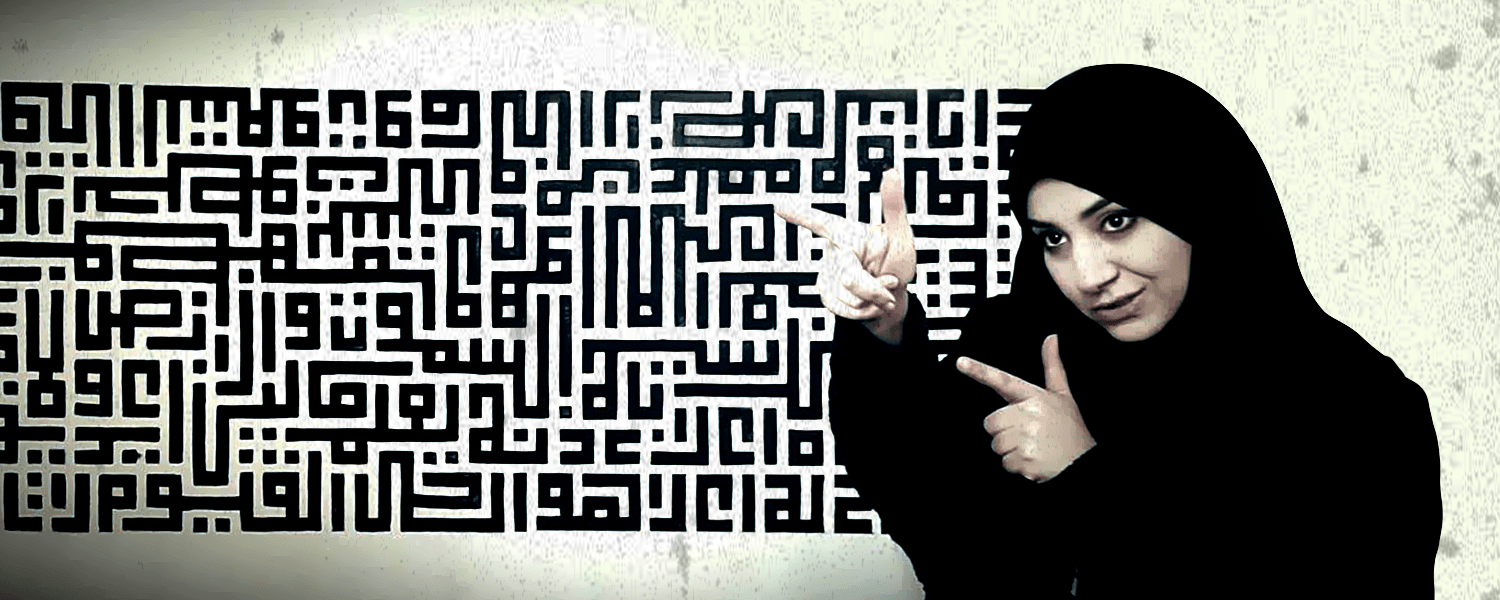Tabletop Treasures
Long before the days of electronic gaming, there existed nights spent around the kitchen table with friends and family. A table and dice covered in snack food crumbs, a tattered board game mat, hand-written score cards, laughter, PG-13 cursing. If it seems those nostalgic times are behind you, but definitely not beneath you, then you’ve come to the right blog. Tabletop gaming hasn’t been overwritten. In fact, it’s made triumphant return.
Maybe it’s the social aspect we crave; the momentum of a game driven by rules, connecting even the most reserved participant to a group of players, governed by dice and cards and “if” statements. Tabletop games are the perfect social lubricants to serve with snacks and drinks. Especially useful in uniting generations who might otherwise perceive video games as being too far out to sea, a board game is something everyone has at least waded ankle-deep into.
As tabletop gaming has evolved, we’ve taken a shine to the innovations of the user experience and graphic design of countless games. The very development of a game can be a complex and technical endeavour, and the role of the graphic designer is to convey the information visually.
As graphic design focuses on communicating the experience to the user, complex games rely on visual cues to direct the players through the game. In tabletop game design, the pairing of illustration with graphic design walks a fine line to appeal to the masses; where art is subjective, graphic design is objective. In other words, if the pictures are attractive but the graphic design doesn’t effectively direct the flow of a game, then the graphic design isn’t complete. Are cards meant for only one player to read in their hand or all to read at the table? Is colour used to indicate a suit? Do icons on a board correspond to game pieces? There’s a lot to consider!
Of course, the Generator Team certainly has their list of favourites. We asked around for everyone’s top picks when it comes to gathering around the table for a night of fun and what appeals to them most.
Alan: Kartoffelkrieg
Alan was really anticipating this game. Think supercharged war of the Mr. Potato Heads, played with actual spuds. Players take turns drawing cards which correspond to parts they can stick into their potato. Each part features unique abilities, creating an asymmetrical character setup from player to player, game to game. Players then set up their control boards, assigning a part to a place on the board. Everyone takes turns performing “attacks”, some requiring a roll of the dice, to whittle down other players’ points. Upon receiving maximum damage to a part, the attacking player takes the “destroyed” piece as a victory point, and the defending player removes the like part from their control board. With that section of the control board now undefended, any future damage to that location can now directly inflict damage to the potato/control board. The game ends immediately when a player reaches maximum damage.
When the game is over, we’re guessing potatoes are on the menu. While development for Kartoffelkrieg is on hiatus, Alan is excited that there are plans to revive the project.
Jose: Mahjong
An ancient game developed in China, this is table top gaming at it’s earliest. Sort of like the Western card game rummy, it is a game of chance and skill. Played with three to four players using tiles, the goal is to strategically match tiles in melds or hands. Many different styles and variations of Mahjong exist with their own rules.
Jose recalls watching his family playing a traditional version as a child, while he played using the tiles in a game of mahjong solitaire. This version, popular online, involves arranging the tiles in various stacked patterns. The player must then match two “free” tiles that are without an adjacent tile to its right or left. The game continues until all tiles are matched or there are no more legal moves. The design appeal lies in centuries-old symbols adorning the tiles which don’t require you to be able to read Chinese. With endless building combinations left up to the imagination of the player, every game offers a new challenge.
Play a game (or 100) here and test your memory! Of course, being a table top blog, we encourage you to pick up a set of this historical and versatile game. If you’re brave, here’s a primer on playing the traditional game of mahjong.
Rachel: Bob Ross Art of Chill Game
If mahjong frustrates you, then here’s a game to take the edge off of that—and everything else, too. Bob Ross, the painter who amazed us with his televised speed painting and lowered our anxiety with his calming voice, has a game in his name. Played with up to four friends, you’ll be mindful of what other players are doing and be strategic about the sequence in which you lay down your colours. The goal? Complete one of Bob’s masterpieces before he does to win “chill” status. Best of all, this game comes with everything you need, requires no paint, and you don’t need to be an artist to play.
Rachel says this is most fun you’ll ever have painting “happy little trees” with friends. Check it out here.
Katie: Cards Against Humanity
WARNING: Game contains dark adult humour not everyone may enjoy.
“A party game for horrible people.” This isn’t the card game you should play with anyone, but millions have and millions will again. The rules are simple: each round, a Card Czar selects a black card and asks the other players the question on the card. Players select an answer from their hand of white cards and pass it face down to the Card Czar, who then chooses their favourite answer from the white cards submitted. The player whose card is selected wins the black question card.
A simple text-based design with black and white cards is all there is to the design, and with no wrong answers, the learning curve is minimal. With several editions, expansions, and even a Make Your Own Card feature, Katie swears that Cards Against Humanity is a game sure to make you and your friends feel bad about laughing, but enjoy a good laugh together all the same. Order your very own shameful copy here.
Jess: Takenoko
A long time ago, in a dynasty far far away, the Japanese Emperor is given a panda from the Emperor of China as a symbol of peace, but now you have to care for it. In this engaging board game, two to four players assume the role of the Emperor’s court members charged with the task of tending to the panda’s appetite for bamboo. Players must cultivate land tiles, irrigate the tiles, and grow one of three species of bamboo on the tiles. Whoever grows the most bamboo while keeping the panda fed wins the game. Fast-paced, engaging, complete with fun, colourful Japanese-inspired graphics, it’s no wonder Jess recommends this.
Learn more about this fun game, see it played, and order yourself a copy here!
Barb: Literally Does Not Play Games
We tried. We really did. Sometimes, games aren’t for everyone. Not Backgammon, not Yahtzee, not even Uno. In Barb’s world, table tops are for eating meals. And that’s fine, we know Barb isn’t alone. It raises a very good question in the event you plan to host a game night: what game do you play with people who don’t play games? For an insightful look on how to try your hand at choosing a game hopefully everyone can enjoy—or at least make the time spent at the table fun—Kotaku has an article you can read here.
Was Grandma a Scrabble champ? A growing effort and desire to unplug from the online world has seen a resurgence in both classic table top games and a host of new arrivals contending for a spot between your friends. Is it purely for the nostalgia? The spite for the player with the most Monopoly money? Or maybe we just miss the fun of “getting into Trouble“. Whatever the game, it’s undeniable that the fun factor is one that stands the test of time. So, put down your phones, get to the nearest save in your video game. Call up your parents, text your buddies, summon the kids: tonight is a board game night.


